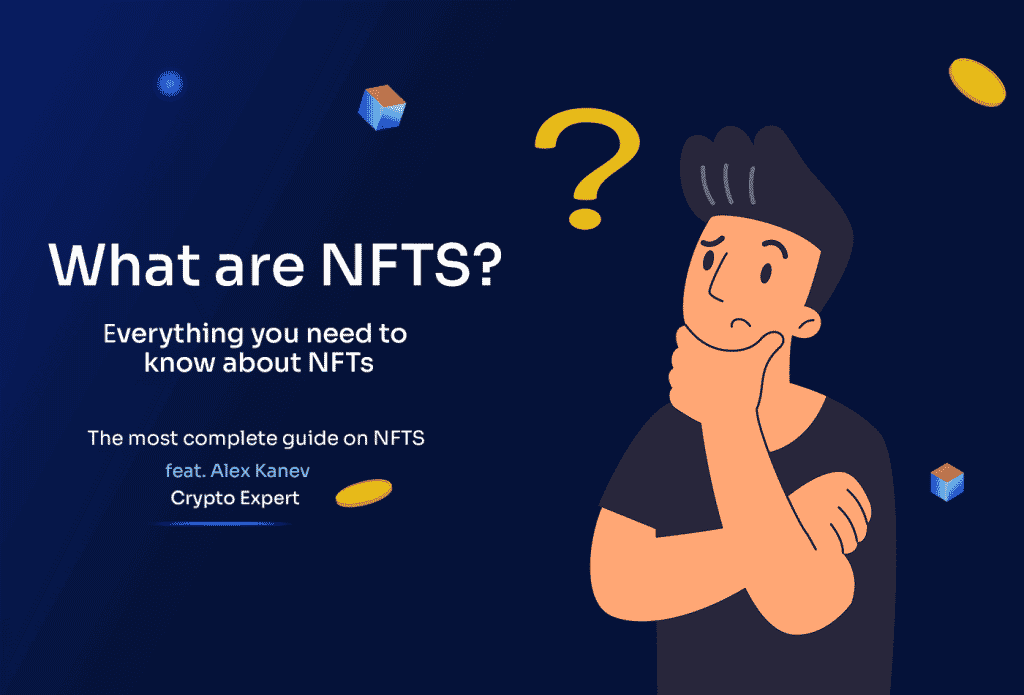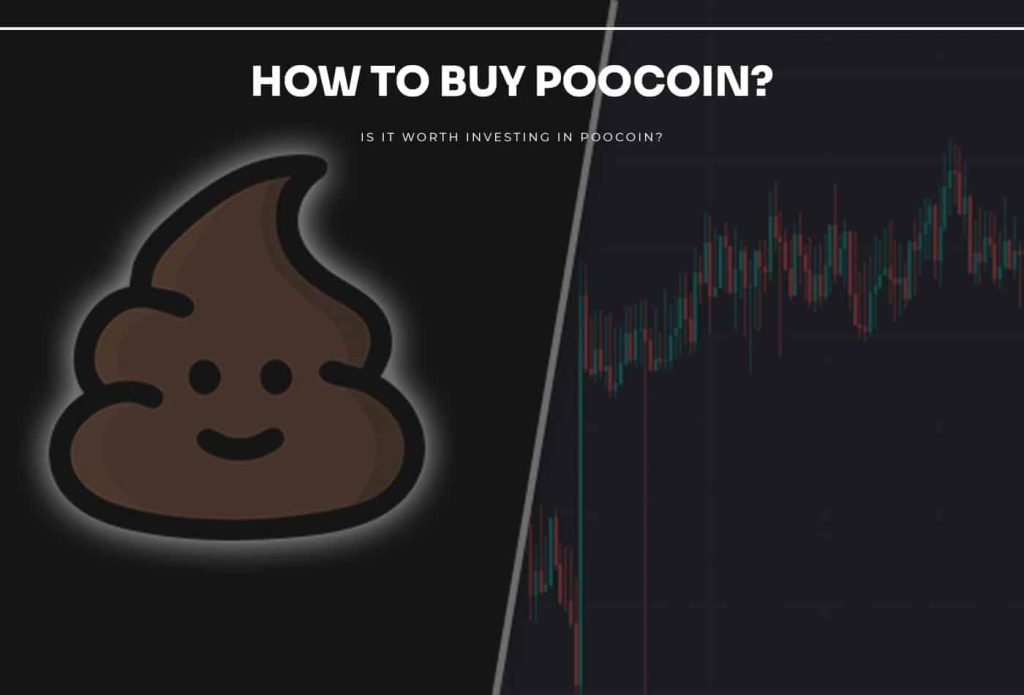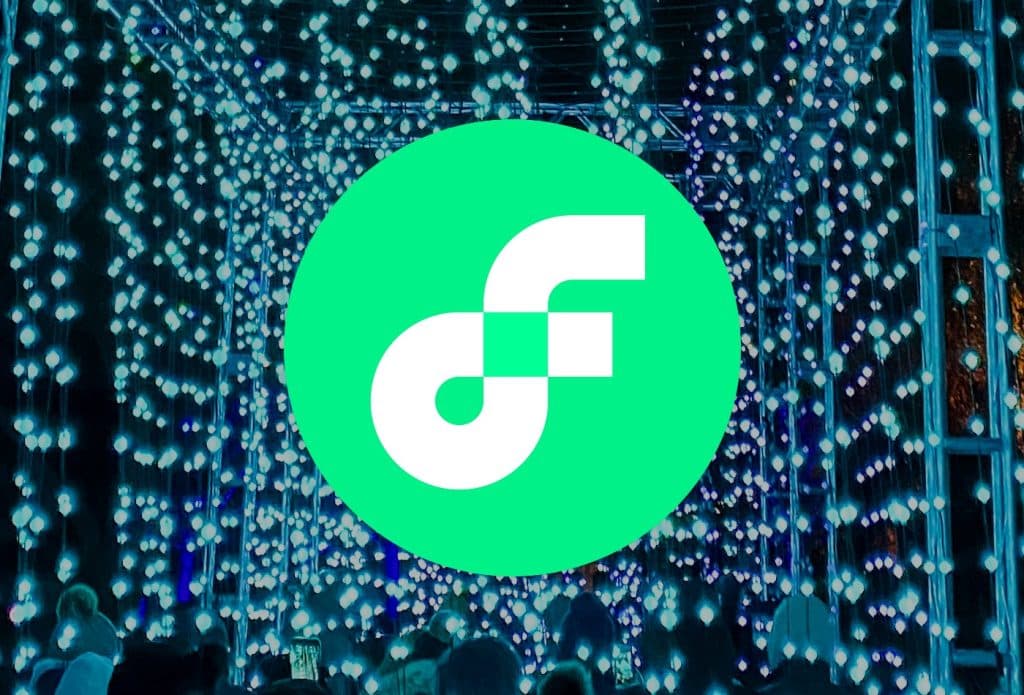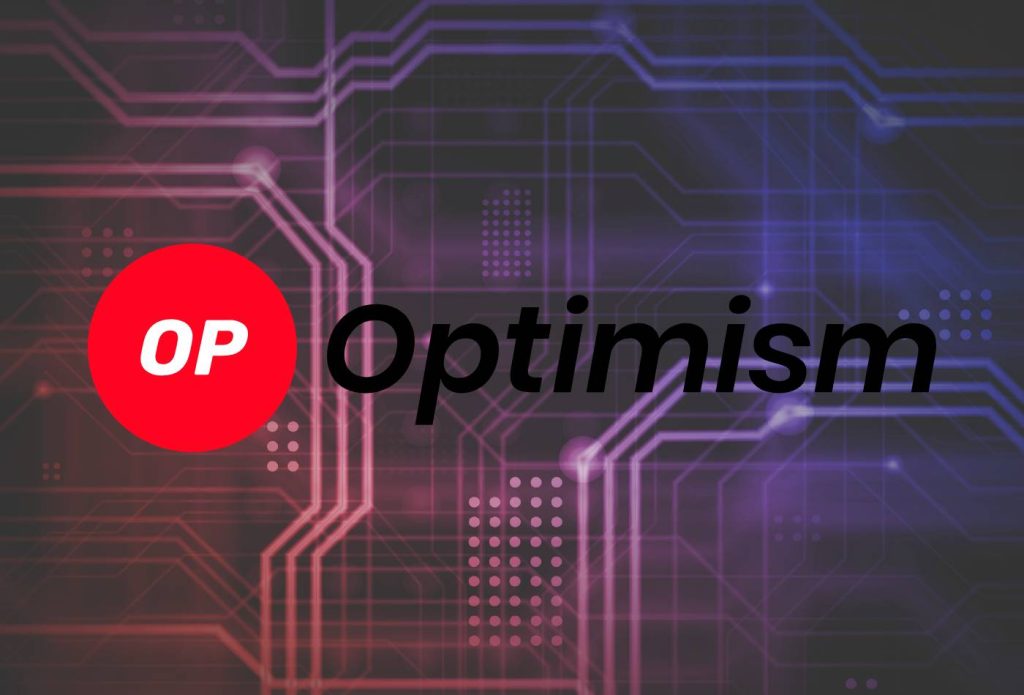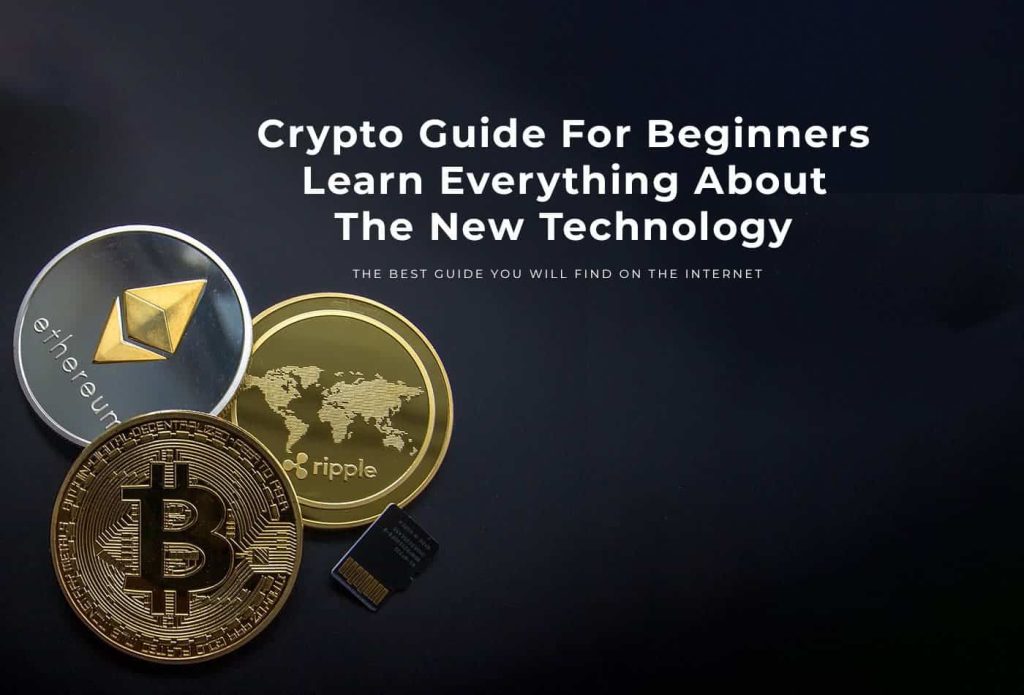This article was last updated on June 10, 2022
As is the case with all other blockchain-related assets, NFTs have enjoyed a recent jump in both prices and popularity. This has prompted us to compile this extensive guide on what are NFTs. Many non-fungible tokens are currently traded for thousands, if not millions of dollars. Enthusiasts are convinced that this will be the future of the art world as our lives move more and more into the virtual realm.
However, there are also those who doubt the technology, calling it flawed and untrustworthy. These concerns are not exactly baseless, as the field has been fraught with controversy and the underlying technology raises a number of issues. But what exactly are NFTs, and what’s all the fuss about?
In this guide, we will go over the basics of what non-fungible tokens are, what potential they hold as a technology, and what their various drawbacks are. We will also give you a quick rundown on how and where you can trade or create them, as well as what you will need to do before you can get started.
Table of contents
- What Are NFTs (Non-Fungible Tokens)?
- Examples Of NFTs
- What Makes It Different From Cryptocurrencies?
- Is there a future in NFTs?
- How To Assess The Value Of An NFT?
- What Are The Drawbacks Of NFTs?
- NFTs and DeFi
- How Can I Buy NFTs?
- Where Can I Buy NFTs?
- How Can I Create NFTs?
- Is It Too Late To Get Into NFTs?
- High-Profile NFT Sales
- Conclusion
What Are NFTs (Non-Fungible Tokens)?
Non-fungible tokens are unique assets backed by blockchain technology to provide exclusive rights and ownership for everything from images to in-game items and even real-world objects. Non-fungible means that each one is unique and cannot be replaced by another of its kind.
They can be anything from images, GIFs, or videos to in-game items and even real-life physical objects. Blockchain technology creates a unique code for each NFT and saves it on the ledger. It then uses this to verify the asset’s authenticity.
On the other hand, a fungible asset is one that another of its kind can easily replace. For example, money is fungible, as a dollar bill can replace another dollar and have the exact same value.
This means that even if you save a picture via a screenshot or by right-clicking it, these copies will not have the aforementioned code attached to them and will thus not carry the same value. As a result, only one original can exist, and the owner can be assured that their asset’s value is safe.
History of NFTs
While this technology has been around since 2015, it has only recently garnered the attention of the public due to several high-profile sales. Most notably, the artist Beeple sold his digital NFT collage “Everydays: The First 5000 Days” for a whopping $69 million back in March of 2021. But there have also been numerous other high-value assets that have flown under the mainstream radar.
For instance, the Cryptopunks are a series of 10,000 NFTs, which were some of the first-ever minted. Now, they act as a sort of status symbol in the community due to their age and rarity. Each is also valued somewhere between $500 and $10 million, which is a nice added bonus.
Examples Of NFTs
Users can turn many assets, both virtual and physical, into non-fungible tokens.By minting new tokens, the blockchain issues unique codes that represent these assets. Below is a list outlining several of the more popular things currently being sold online as NFTs:
Images
Images and graphic files are the most popular form of non-fungible token. These can be anything from simple avatars or GIFs to intricate digital art pieces. There is a huge market for this sort of NFT as they are the most heavily traded ones out there. People have bought and sold even the simplest pixelated images for millions in the form of NFTs.
Videos
Video files are another popular NFT format. These have been utitlized in a number of ways, with sports highlight reels possibly being the most successful. As a result, the NBA has launched its own platform, where iconic moments from the league can be bought, sold, and traded.
MEMEs
MEMEs, while practically images, work a bit differently as non-fungible tokens. Owners of meme NFTs hold not only the image itself, but also the status that viral memes bring on the internet. While this makes some of them very pricy, their vallue is more relative and can vary widely dependig on the social environment.
In-Game Items
In-game assets and items are also something that has embraced NFTs. More and more game developers are integrating the technology into their products. Even larger studios like EA and Ubisoft have recently expressed interest in non-fungible technology as a means of expanding their services and creating what they call a “pay-to-earn” model. Unique items, characters, and other assets can also be transferred between game worlds through the use of NFTs.
Domain Names
Domains are a commodity that has been bought and sold since their creation. There are entire businesses that buy up expired domains and then resell them to interested parties who need them. However, through the utilization of NFT technology, the need for companies that manage domain names can be eliminated. Since domains associated with NFTs are registered on the blockchain, the entire process can be automatic.
Metaverse Assets
Metaverse Assets are an increasingly valuable commodity. With the recent push of prominent tech companies for an expansion into the so-called metaverse, the interest in such assets has skyrocketed. Essentially, these can be avatars, virtual items, and even virtual property which people can use in a virtual cross-platform environment known as the Metaverse.
What Makes It Different From Cryptocurrencies?
As we mentioned, currencies, as well as cryptocurrencies, are fungible. This means that each one is the same as all others of its kind. If you sold one Bitcoin and bought another, you would still have one Bitcoin which holds the exact same value. The two are not different in any way whatsoever and can substitute for each other.
NFTs, on the other hand, are non-fungible. This means that each is unique in both essence and value. While you might be able to copy or reproduce an NFT image, you will not hold the underlying unique code which gives it its value, making NFTs more of a commodity than an art piece.
Read more about: The Best Penny Cryptocurrencies To Invest In 2022
Is there a future in NFTs?
Many see NFTs as the future of the art and collector worlds. Since the world is becoming increasingly digitized artists who create in the digital space are facing issues with the theft of their work. NFTs are one possible solution to this, as creators can use them to attach an authenticating code to their work and thus verify its origin. This also comes in handy, as it is also useful to traders in the art space who need a way to prove the legitimacy of their asset when selling it.
However, NFTs have been pitched to hold much more potential than this. More recently, game developers have started to implement the technology in their games as a way to make avatars or items unique. This, once again, applies value to them, and they can be bought and sold on community markets or within the game’s ecosystem.
The largest and most notable company to venture into the NFT space has been Ubisoft, which recently announced that it would fund the game studio Animoca. It is also exploring the possibilities presented by the new technology and what they call a “play-to-earn” concept.
Facebook’s Transition To Meta
Facebook’s recent announcement that the company will be repositioning itself as Metaverse-focused also has implications for the future of NFTs.
While not the first to explore the virtual realm, Facebook, is certainly the most vocal about it. Mark Zuckerberg can also utilize the technology to realize his vision of transferable avatars and a shared ecosystem. This fits nicely into Facebook’s planned transition into Meta.
While NFT enthusiasts might have enjoyed the heightened interest and subsequent rise in prices, this has also led to increased scrutiny over the blockchain technology, which powers non-fungible tokens as well as many of their security flaws.
How To Assess The Value Of An NFT?
Assessing the value of a non-fungible token can be a bit difficult at times. This is mainly due to the significant influence that social discourse can have on their prices. However, if we stick to more fundamental benchmarks, we can get a rough estimate and determine if a certain NFT is going to be valuable. Here are some of the most common ones
Branding
Branding is always something that you should consider when dealing with assets where public opinion has such a huge influence. If a project has a good social media presence and a solid promotional campaign, this will greatly help raise its value. A collaboration with a notable brand or personality is another surefire way to jumpstart popularity right away.
History
Owner History is a factor that closely relates to the previous point. Previous owners and the original creator of a non-fungible token can have a huge influence on its value. Celebrity-owned NFTs will usually raise in value exponentially. The market also highly values tokens by popular artists or prominent members of the crypto community.
Utility
Different non-fungible tokens can be used in a variety of ways. Many NFTs are not simply images, but represent ownership of a much more valluale underlying asset. The more functionality a given token has, the more valuable it will be. If we take an in-game item NFT for example, it would be more valluable if it is compatible with more than one game.
Potential
Future Potential of the underlying blockhain is also something to consider when selecting an NFT. This is especially true for those who are looking to make long-term investments. As the crypto space is very dynamic and quick-moving, you should make sure that the blockchain your NFT is based on is solidly developed and will have a future. Otherwise, you might end up losing your investment.
What Are The Drawbacks Of NFTs?
As it turns out, NFTs are not all positives, and the technology does, in fact, come with numerous caveats. For one, security, which is supposed to be the main selling point, has been spotty at best. Many artists who have chosen not to embrace the technology have quickly discovered their works for sale on marketplaces, being offered by people impersonating them. As a result, people have bought and sold pieces for thousands of dollars without the original creator’s knowledge or consent.
Fraud
The space has also quickly become a breeding ground for hackers, as they have recognized the potential for scams and theft in the NFT community. One investor was recently scammed over Discord and lost three Bored Ape Yacht Club (BAYC) NFTs which he stated were valued at 34 ETH ($135,000). He then took to Twitter to ask people not to buy them, as the thieves had listed them for sale on marketplaces.
Another high-profile cautionary tale was an incident that involved the infamous British artist Banksy. In this case, a hacker managed to list a piece of NFT on the artist’s official website. The offer advertised this as his first foray into the world of NFTs. One of Banksy’s most devoted fans was able to purchase the token when he offered 90% more than other bidders and bought the piece for over $300,000. Luckily, the hacker later returned the funds, minus the transfer fees, prompting whether this was another one of Banksy’s performance acts.
Environmental Impact
Lastly, a major concern when it comes to NFTs is the fact that they are backed by blockchain technology and mainly Ethereum. While this is new and revolutionary, the network also consumes copious amounts of electricity.
According to research, the electricity needed for a single transaction on the Ethereum blockchain can power an average household for a week. This means that every time you buy or sell an NFT or make any Ethereum transaction, for that matter, you are spending a massive amount of electricity which further contributes to the worsening environmental situation.
Related: How Are NFTs Taxed In The UK?
NFTs and DeFi
You might have heard NFTs mentioned alongside something called DeFi and are probably wondering what that is. Decentralized Finance, or DeFi for short, is another new and exciting prospect in the world of crypto. Basically, these are all of the standard financial services which have only been available for fiat banking so far. Through DeFi, crypto users can give or take out loans, convert currencies on a decentralized exchange with no intermediary, create long-term savings accounts which earn higher interest, or even bet on futures.
Non-fungible tokens work well in this case as we can stake them in order to take out a loan. We can also use them to create something known as “Tokenization.” This creates near-limitless opportunities of various kinds. For example, institutions can utilize the technology to keep records while keeping the information anonymous. Tokenization can also split different assets up into pieces to create new forms of stocks or bonds.
How Can I Buy NFTs?
Purchasing NFTs works much like buying and selling cryptocurrencies. First off, you will need to set up a wallet that supports NFTs. This will enable you to purchase and store them. Here, you have multiple options and should choose the one that best suits your needs. Below we have outlined several of the most popular wallets that support NFTs.
MetaMask
MetaMask is one of the most popular wallets when it comes to NFTs and Ethereum. It is very simple to set up on both desktop and mobile. For the former, it operates as a browser extension, supporting Chrome, Microsoft Edge, Firefox, and Brave. On mobile, you can download the wallet’s app from both the iOS App Store and the Google Play Store.
Coinbase
Coinbase is probably the most popular and recognizable crypto wallet and exchange out there. They have a massive user base, and millions of transactions go through the website every day. So, it comes as no surprise that they have chosen to get involved in the emerging NFT market as well. Signing up for this service is incredibly easy and allows you to store all of your currencies, tokens, and NFTs in one handy wallet.
Enjin Wallet
Enjin is another great wallet that has focused on the NFT market. The platform supports Bitcoin, Ethereum, various tokens, and Enjin Coin (ENJ)- the company’s own token. You can use the company’s own token to buy and sell NFTs on Enjin’s marketplace. This is a convenient way to trade the commodity without having to transfer it between different platforms. And you will also save a bundle on service and gas fees.
Next up, you will need to buy a cryptocurrency supported by the NFT seller. There are various popular marketplaces where you can buy cryptos such as eToro, Robinhood, Coinbase, Binance, Kraken, and more. You can purchase cryptos by using a variety of payment methods like credit or debit cards, eWallets, PayPal, and others. However, the availability of these will vary depending on the platform you choose.
You are ready to buy the piece of NFT you desire once you have purchased enough cryptocurrency and have transferred it from the exchange platform to your wallet. All of these transfers between marketplaces, wallets, and various platforms will charge service fees.
Where Can I Buy NFTs?
There are several popular marketplaces where you can buy and sell NFTs. These usually work on a peer-to-peer basis, with users buying and selling tokens on a free market. Since the marketplace hosts the listings and facilitates the transactions, it will usually charge a service fee on top of the standard transaction fees.
OpenSea.io
OpenSea.io is by far the largest and most trusted. Here, artists and collectors trade pieces on an open peer-to-peer market. The website supports a wide variety of payment options. However, all of these are cryptos. You can also mint your own tokens on the website for free. This is nice for creators who will only need to pay a 2.5% fee upon sale.
Foundation
Foundation is another popular platform that aims to create a more curated and exclusive environment. In order to list tokens for sale, sellers must either receive enough upvotes or receive an invitation to do so. Additionally, there is a charge for minting a token on the website. Buyers will need to pay 15% service fees – the highest in the market.
Coinbase NFT
While Coinbase is an incredibly popular marketplace for cryptocurrencies, at present, their platform only allows storing NFTs in a wallet. The company is currently developing an NFT marketplace and social platform dubbed Coinbase NFT. This will allow you to mint, buy, sell, collect, and display all of your accumulated tokens on one streamlined platform. While this is not yet available, what you can do right now is sign up for the waitlist. This might be a good idea as there are sure to be plenty of candidates already, given the platform’s popularity.
If you would like to learn more about popular exchange platforms where you can buy and sell tokens, look forward to our upcoming list of the best websites where you can do so.
How Can I Create NFTs?
Creating a new NFT is something that a lot of marketplaces allow you to do. The process of creating an NFT is known as minting and is quite simple. If you are a creator who is looking to mint NFTs of their own you came to the right place. Here are the things you will need before you can get started. First, you will need to set up a wallet and a crypto exchange account. These will be necessary as minting your own NFTs requires spending a bit of crypto as a service charge. If you happen to already have enough funds in a wallet then you are well on your way.
Next, head to your preferred NFT marketplace and look for a “create” option, or something similar to that. Do keep in mind that not all platforms support minting NFTs, so be sure to check beforehand. When you find the function, the platform will present you with a choice between minting a single token, or multiple ones as part of a series.
Once you have selected your preferred quantity, you will be able to upload images or other files that you wish to mint as NFTs. You will also be able to set parameters for them such as the underlying blockchain, the number of copies created for each token, and other personalization options. After that, you can finish the process and your tokens will be minted.
Fees
Before you can list them for sale, you will have to pay a one-time gas fee, make a transaction, and verify your identity. This is all standard practice, but some marketplaces, like Foundation, have more stringent requirements. Also, don’t forget to promote your non-fungible token on social media so it can attract interest and increase in value.
Is It Too Late To Get Into NFTs?
While NFTs have certainly become more mainstream than before, they have not yet reached the level of, say, Bitcoin. Many people are still unaware of the technology and the possibilities it offers. However, NFTs are currently the most popular that they have ever been. This means that the demand for them is also at a historic high.
Since every token is unique and its price is different from the rest, this makes NFTs much more accessible than cryptocurrencies, where the price is uniform. Buying into Bitcoin or Ethereum requires the high price that these coins cost. You can buy popular NFT series such as Cyberpunks or Bored Ape Yacht Club (BAYC) at a more suitable price since there is a range there.
High-Profile NFT Sales
Below, we are going to list several of the more high-profile transactions involving non-fungible tokens that have garnered extended media attention. This will give you a sense of where the industry stands at present and can help you decide if NFTs are for you.
Everydays: The First 5000 Days
Everydays: The First 5000 Days was one of the first NFTs picked up by the mainstream media. This was mainly due to the ludicrous sum that it sold for- $69 million. As such, it is generally regarded as the highest-valued piece to date.
Jack Dorsey’s First Tweet
The first ever tweet was also recently sold as an NFT. The co-founder and CEO of Twitter, Jack Dorsey who originally posted the Tweet, sold it as an NFT for $2.9 million. The marketplace Valuables which allows the sale of NFTs representing tweets facilitated the sale. While the original tweet is still on Dorsey’s Twitter account, the buyer received a digital certificate of ownership.
CryptoPunks
Cryptopunk 7523 is one of the 10,000 tokens in the Cryptopunks series. These are some of the oldest ever minted and make up a large part of the high-end NFT market. Due to their random generation, each one is unique and poseses different atributes.
Cryptopunk 9998 is yet another NFT from the popular and highly-coveted collection. However, this one gained infamy when it sold for $532 million. The jaw-dropping sum paid by an anonymous buyer and quickly riled up the entire NFT space. However, it was later discovered that the sellar was the one who made the aquisition. They apparently took out a loan to make the purchase and then returned it within the same transaction.
NBA Highlights Reels
While not a single transaction, people have spent over $200 million buying highlight reels of their favourite sports moments. The NBA started Top Shot, a blockchain-based platform, back in 2019 with the idea of selling NFTs of highlight reels from the league. Fans quickly warmed up to the idea as they had already been collectin physical cards for ages.
Conclusion
Just like any other asset intended for trading purposes, digital or otherwise, NFTs hold both potential and risks. They are also taxable, regardless of whether you are buying, selling, or minting them. This is just another factor that you will have to consider when making your choice.
While your investment may increase in value, you should also account for the possibility that you might lose all of your funds. As such, always make sure that you are only investing as much money as you feel comfortable losing.
You should always do your due diligence and learn about the potential risks and factors affecting the asset you are interested in. Staying well-informed and appraised of the overall trading environment is crucial to success in this field.

